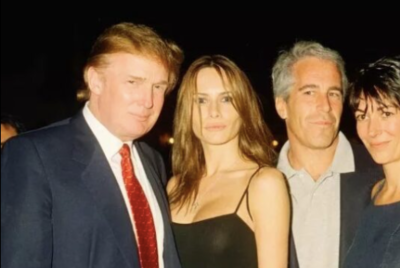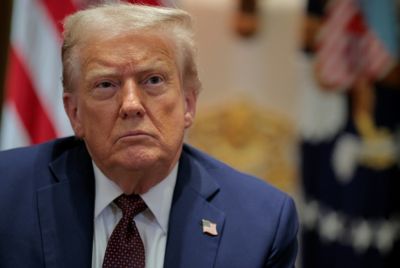Tesla Robotaxi Release Could Happen In A Few Weeks: Elon Musk Predicts Millions Of Autonomous EV To Pile The Road
After years of fine-tuning its Full Self-Driving (FSD) technology, Tesla is gearing up for a pilot programme

In just a few weeks, Tesla could reshape urban travel with its much-anticipated robotaxi service, set to launch in Austin, Texas, by June 2025.
CEO Elon Musk has boldly predicted that 'millions' of autonomous electric vehicles (EVs) will hit the roads by late 2026, revolutionising transport with cheaper, cleaner rides. After years of fine-tuning its Full Self-Driving (FSD) technology, Tesla is gearing up for a pilot programme that's already shown promise.
But with regulatory hurdles and safety concerns looming, can Musk deliver on this sci-fi vision?
Kick Off the Austin Pilot
Tesla's robotaxi journey is accelerating in Austin, where the company has been quietly testing its FSD Supervised system with employees. Over 1,500 trips and 15,000 miles have been logged, refining the tech for its June debut.
The initial fleet, starting with 10 to 20 Model Y vehicles, will use 'unsupervised' FSD, meaning no human driver in the car. Musk confirmed this on 22 April 2025, saying, 'We're launching unsupervised Full Self-Driving as a paid service in Austin in June.'
Unlike the purpose-built Cybercab, which won't roll out until 2026, these robotaxis are existing Model Ys upgraded with software.
The pilot has involved collaboration with Austin's first responders, including a March 2025 training day with 60 vehicles simulating real-world traffic. This cautious approach aims to ensure safety, with Musk emphasising, 'We're putting our toe in the water gently'.
Posts on X reflect excitement, with one user noting, 'True self-driving could lower ride-share costs by 80%.'
Tackle Safety and Regulation
Safety remains a sticking point. Tesla's FSD has faced criticism for accidents linked to its supervised version, and legal experts warn that driverless crashes could place liability squarely on Tesla.
Unlike California, where Tesla hasn't reported autonomous miles since 2019, Texas's lax regulations make it an ideal testing ground. However, even in Texas, police can ticket autonomous vehicles, and new legislation may tighten rules for commercial operations.
Competitors like Waymo have logged millions of miles under stricter oversight, raising questions about Tesla's readiness. Musk claims FSD vehicles can drive 10,000 miles on average before an intervention, but he hasn't shared detailed data.
Investors like Blake Anderson from Carson Group want specifics on safety and pricing per mile to gauge profitability.
Scale Up for a Cleaner Future
Musk's vision extends beyond Austin. He predicts 'millions of Teslas operating fully autonomously' by mid-2026, potentially capturing '90% of the rideshare market.' Expansion to cities like San Francisco, Atlanta, and Phoenix is planned by year-end.
This could slash transport costs and cut pollution, as EVs produce no tailpipe emissions. One X post hailed the launch as 'If I were a public transit advocate I would be very worried about autonomous vehicles.'
Yet, challenges persist. Tesla's 13% sales drop in Q1 2025 and vandalism targeting its chargers highlight public scepticism. The environmental cost of battery production also raises concerns, though Musk insists robotaxis will make travel 'cheaper, cleaner, and more accessible.'
Drive Towards a Bold Tomorrow
Tesla's robotaxi launch, potentially kicking off on 01 June 2025, is a high-stakes bet on autonomy. With Musk's ambitious claim of millions of driverless EVs by 2026, the stakes couldn't be higher.
If successful, this could transform cities, reduce emissions, and challenge rivals like Uber and Waymo. But with safety, regulatory, and technical hurdles ahead, Tesla must prove its tech is road-ready.
As Austin prepares for this sci-fi future, the world is watching to see if Musk's vision will steer straight or hit a bump.
© Copyright IBTimes 2025. All rights reserved.





















